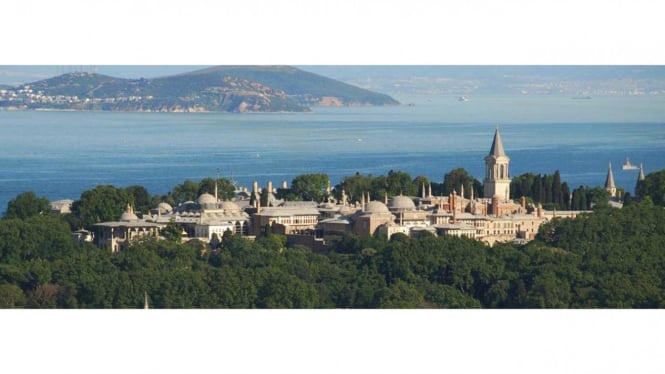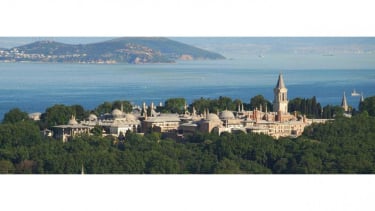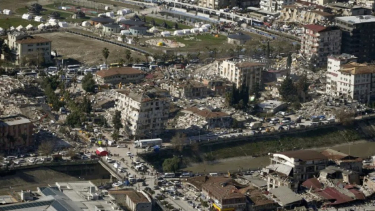Expert Predicts Istanbul Will Face Huge Earthquake Soon
- Topkapi Palace Museum / TRTWorld
VIVA – The earthquake in Turkey caused deep wounds, many people died, and buildings were destroyed after being hit by magnitude 7.8 and 7.6 earthquakes on Monday. Officials said they expect the death toll to rise.
The country is highly prone to earthquakes as it is located where several tectonic plates meet. Earthquakes usually occur along the boundaries between plates. The North Anatolian Fault, which divides the Eurasian and Anatolian plates, runs near Istanbul.
According to Sukru Ersoy, a professor of geology from Istanbul’s Yildiz Technical University, the question is when a powerful earthquake will hit Istanbul, not if it will happen.
Gedung-gedung hancur akibat gempa Bumi magnitudo 7,8 di Antakya, selatan Turki.
- AP Photo/Khalil Hamra.
“With the data, we have on the past earthquakes, and through certain modelings, we can say that an Istanbul earthquake is close and we would not even be surprised if the city is hit by it today,” he stated.
After that, Istanbul Mayor, Ekrem Imamoglu said in a recent interview that there were some 90,000 buildings that were highly vulnerable to earthquakes in the megalopolis with a population of some 16 million people.
The mayor said another 170,000 buildings were in the medium-risk status in case of a strong earthquake, according to research conducted by Istanbul Municipality. After Monday’s earthquakes, more than 6,400 buildings have reportedly collapsed in southeastern Turkey.
Many victims are still thought to be stuck in the rubble of collapsed buildings across the region, as search and rescue efforts continue despite fading hopes of finding survivors.
The government improved its construction regulations after a magnitude-7.6 quake hit the eastern part of Turkey’s Marmara region, where Istanbul is also located, in 1999 and killed some 17,500 people.
After that earthquake, the Turkish seismic design code was enhanced and in the late 2000s, the Turkish government launched a large-scale urban transformation plan to replace the buildings unsafe for earthquakes with new seismically improved ones.
Both Rahvanci and Urs said that their buildings did not have the necessary document, the so-called “earthquake report”, showing that the buildings were in line with the new regulations adopted after the earthquake in the Marmara region.
According to official data, 817,000 buildings in Istanbul were built before 2000, which corresponds to 70.2 percent of all the buildings in the city.





















